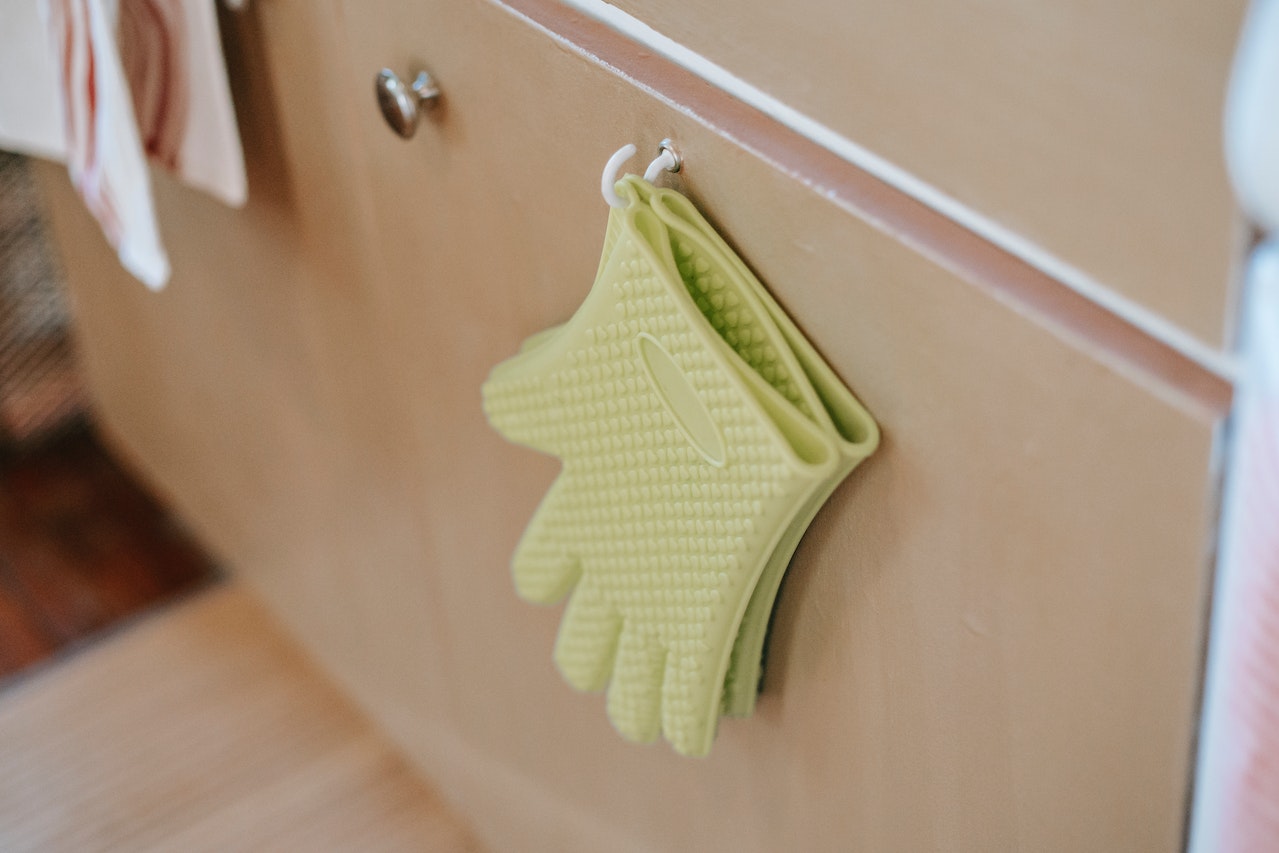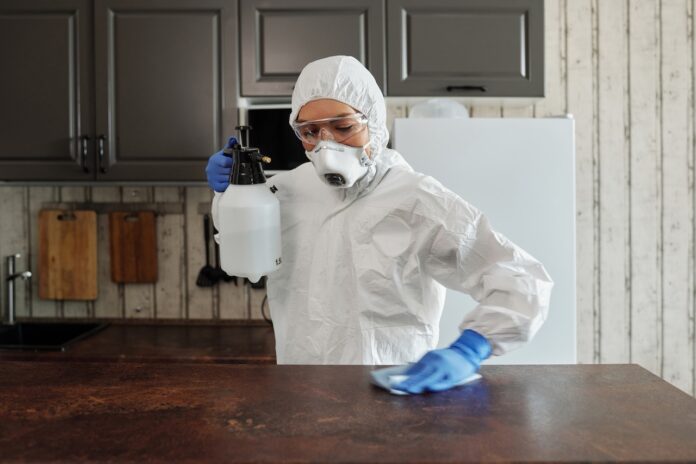All Flooring in Food Prep Areas must be
One of the primary requirements for flooring in food prep areas is hygiene. The flooring material should be easy to clean and resistant to stains and moisture. A seamless and non-porous surface is ideal to prevent the accumulation of dirt, bacteria, and other contaminants. Additionally, the flooring should be able to withstand frequent cleaning with sanitizing agents without deteriorating. Choosing the right flooring material is crucial to maintaining a clean and sanitary food preparation environment.
Another important aspect to consider when selecting flooring for food prep areas is slip resistance. The flooring material should provide adequate traction to prevent slips and falls, especially in areas prone to spills or where liquids are frequently used. Slip-resistant flooring can help reduce accidents and injuries, ensuring a safe working environment for kitchen staff. Whether it’s ceramic tile, epoxy resin, or rubber flooring, opting for a slip-resistant surface is a must.
The Importance of Flooring in Food Prep Areas
When it comes to food preparation areas, all flooring must meet specific standards and requirements to ensure cleanliness, safety, and hygiene. The choice of flooring material plays a crucial role in maintaining a sanitary and safe environment for food handling and preparation. Here’s why the right flooring is essential:
1. Hygiene and Cleanliness: In a food preparation area, cleanliness is of paramount importance. The flooring material must be easy to clean and have a seamless and non-porous surface. This prevents the accumulation of dirt, bacteria, and other contaminants that can compromise food safety.
2. Resistance to Stains and Moisture: Food preparation areas are prone to spills, stains, and moisture. The flooring must be resistant to these challenges to prevent the growth of mold, mildew, and bacteria. A non-absorbent surface ensures that spills can be quickly and easily wiped away.
3. Slip Resistance: The risk of slips and falls is a major concern in food preparation areas, where spills and wet surfaces are common. The flooring should have adequate slip resistance to prevent accidents and injuries. This can be achieved through the use of textured or non-slip flooring materials.
4. Durability: Food preparation areas experience high foot traffic, heavy equipment, and constant movement. The flooring material must be durable and able to withstand these demands without cracking, chipping, or deteriorating. This ensures a long-lasting and cost-effective solution.
5. Compliance with Standards: To ensure the safety of food products and comply with regulations, all flooring in food prep areas must meet specific industry standards. These standards address factors such as hygiene, slip resistance, and cleaning protocols. Choosing the right flooring material helps businesses stay in compliance with these requirements.
The flooring in food preparation areas plays a critical role in maintaining cleanliness, safety, and hygiene. It must be easy to clean, resistant to stains and moisture, have adequate slip resistance, and comply with industry standards. By prioritizing the right flooring material, businesses can create a sanitary and safe environment for food handling and preparation.

Maintenance and Cleaning of Food Prep Area Flooring
Daily Cleaning Practices
To ensure the cleanliness and safety of food preparation areas, all flooring in food prep areas must be properly maintained and cleaned on a daily basis. Implementing daily cleaning practices helps to prevent the buildup of dirt, grime, and food debris, which can pose health risks and compromise the integrity of the flooring. Here are some important steps to follow for daily cleaning:
- Sweep or vacuum the floor to remove loose particles and debris. This prevents them from being ground into the surface and causing damage.
- Mop the floor using a cleaning solution specifically designed for food preparation areas. Make sure to follow the manufacturer’s instructions and dilute the solution as recommended.
- Pay special attention to areas with high foot traffic or where spills are more likely to occur. These areas may require additional cleaning or spot treatment.
- Thoroughly rinse the floor after mopping to remove any residue from the cleaning solution.
- Allow the floor to dry completely before allowing any foot traffic or resuming food preparation activities.
Conclusion
Maintaining hygiene and food safety in food preparation areas is of utmost importance. The flooring material chosen for these areas should be easy to clean, resistant to stains and moisture, and provide sufficient slip resistance. Regular cleaning practices, such as sweeping, mopping, and rinsing, are essential for ensuring cleanliness and safety.


